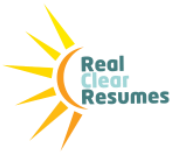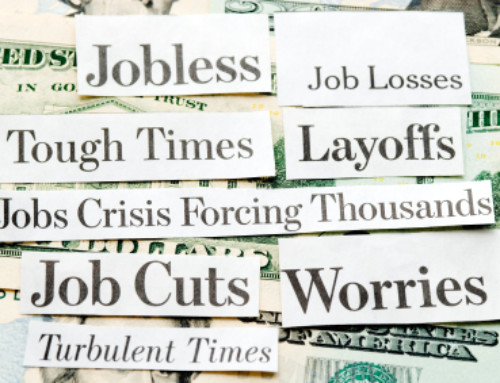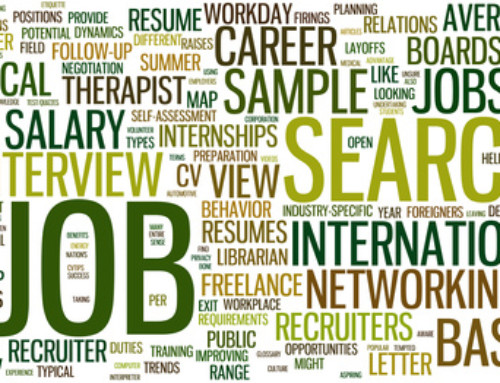 Believe it or not, every single resume can be traced back to 1 of only 3 resume formats. When or how this happened, who knows – probably back somewhere in the misty past of job search history. Even if you write your own resume and put a personal spin on it, you will still create a document that is easily recognizable as 1 of these 3. Let me outline them a bit and give you my professional opinion.
Believe it or not, every single resume can be traced back to 1 of only 3 resume formats. When or how this happened, who knows – probably back somewhere in the misty past of job search history. Even if you write your own resume and put a personal spin on it, you will still create a document that is easily recognizable as 1 of these 3. Let me outline them a bit and give you my professional opinion.
1. Functional: This approach front-loads the vast mass of your skills and achievements right up front – sort of a data burst that tries to cover all the bases right away. So you may have separate skills categories – 4 to 6 of them, each with bullet points. Then you simply list the companies, titles and dates with no other details, and then the education and training sections. Functional resumes tend to look top-heavy and unbalanced with information with no chronological context for any of the quantifiables at each position. So an award could have occurred last week or last millennium.
2. Chronological: This format is at the other end of the spectrum, where there is an over-focus on the names, dates and places, but no initial orientation for the reader about what you offer the potential employer. This actually is the easiest and most common type of resume that is circulating out in the vast sea of the job search. Again, this is not the route to go because the reader has to work harder to figure out what you are capable of. And that is not good – you have to connect the dots for the reader and not assume everyone can figure out what you are selling.
3. Combination: This is the best way to package your background – to start with a Functional section on the first half of the resume and highlight your skill set bundle with an Objective Title, Profile and Areas of Expertise. Then back it up with a strong, clear Chronological platform that delineates your awards, achievements, projects, programs and personal impact. The Combination, or Hybrid, version has proven to be the best of both worlds for my thousands and thousands of clients over the years. With this resume you will be able to customize and modify it more quickly to “mirror” new opportunities, without having to waste time in rewriting the whole thing.
Remember, no resume is ever “one size fits all” – you need a flexible platform to respond to new opening quickly. Of course, in the end, the best resume is the one that works. It is the only way I can figure how people with a really bad document can still get jobs.






What if there was a way to get thousands of visitors a day to your realclearresumes.com website and make $144,000 in one month
with:
* No prior experience
* No SEO or tech experience
* No selling or cold calling
* No substantial investments in advertising or marketing
Sounds crazy, but it’s true, and here’s proof:
http://auto-traffic-avalanche.com/download.html
I don’t know how long this system is going to be up, but you
owe it to yourself to check it out…
http://auto-traffic-avalanche.com/download.html
It will just take a minute, and it could change your life
for the better!
http://auto-traffic-avalanche.com/download.html
Best Regards,
Your old friend Elizabethnn1